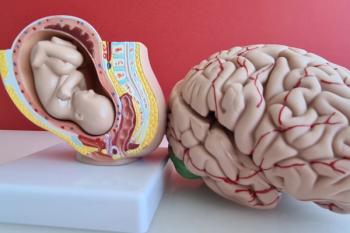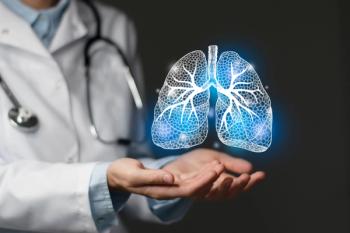
Shingles in Space!
A study finds herpes viruses can reemerge under the stresses of spaceflight.
Yes, even astronauts get shingles, according to recently released NASA data. The long-term
The study establishes that risks associated with most bacterial, fungal, viral, and parasitic pathogens can be reduced by a suitable quarantine period before space flight and by appropriate medical care. Latent viruses that lie dormant in crewmembers’ cells, however, are unaffected by such precautions. Add to that the fact that physical, emotional and chemical stress-all factors that exist in abundance on a space flight-can trigger latent herpes. So these viruses pose a considerable infectious disease risk to crewmembers on extended space voyages in a closed environment, threatening both their health and the integrity of their mission.
The overall investigation examined the DNA of three specific herpes viruses (VZV, Epstein-Barr, and cytomegalovirus) found in space shuttle and International Space Station (ISS) crewmembers’ saliva and urine collected before, during, and after their flights. The body fluid samples were analyzed to detect both symptomatic and asymptomatic shedding of the viruses.
Trending:
Medications and the stress hormones cortisol and catecholamines were recorded, as were stressful conditions. These included “nonterrestrial hazards,” defined as gravitational forces encompassing acceleration/deceleration, cosmic radiation, and microgravity. More common stressors like social separation, confinement, sleep deprivation, disruption of circadian rhythm, and anxiety were also considered to be contributing factors.
Two studies dealing with participant groups ranging from 8 to 32 astronauts examined the DNA of VZV and Epstein-Barr (EBV). Both viruses were found to reactivate inside the human body without external manifestation of the virus.
A third follow-up study involving 23 astronauts concluded that VZV, EBV, and cytomegalovirus showed an increase in frequency, duration, and amplitude of viral copies relative to shorter duration missions in space.
More than half (53%) of the astronauts from shuttle flights, and 61% of astronauts from ISS missions, shed one or more herpes viruses. Larger quantities and increased frequencies for these viruses were found during spaceflight as compared to before or after flight samples and their matched healthy controls. The shedding increased in frequency and amplitude during the longer ISS missions.
Read More:
Specifically, VZV shedding increased from 41% in space shuttle flights to 65% in longer ISS missions, increasing as the space flight approached and decreasing post-flight. However, it was noted that the astronauts did not often develop herpes zoster symptoms or a rash. The study’s authors recommend that astronauts get vaccinated before going into space.
The study also noted that the findings have important applications for inhabitants of both space and earth. “Latent virus reactivation may be an important threat to crew health during the longer duration exploration missions as crewmembers live and work in a closed environment,” it concluded. “Our spaceflight-developed technologies for saliva collection/rapid viral detection have been extended to include clinical applications including zoster patients, chicken pox,
Newsletter
Pharmacy practice is always changing. Stay ahead of the curve with the Drug Topics newsletter and get the latest drug information, industry trends, and patient care tips.





















































































































































